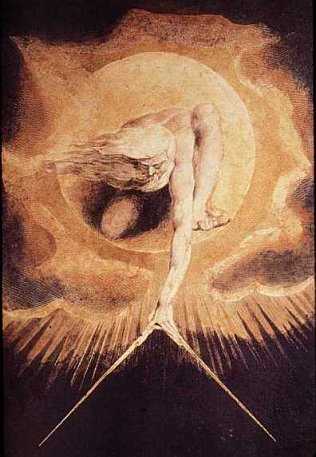Making Sense of Understanding:
The Three Doors of Serendip
The Three Doors of Serendip



The Three Doors of Serendip |    |
| Door image from http://www.woodstone.com/photoalbum7.html |
 A simple, and common, approach to such questions begins with the presumption that there is out there such a thing as "the truth". From this beginning, "understanding" can be straightforwardly equated with "knowing the truth". And "not understanding" means something like "not yet having had the experiences that cause one to know the truth". The needed experiences may involve dealing with the world, or sitting in a classroom, or a sudden intuition, or an overpowering religious or spiritual insight. The latter are difficult, though, to explain to oneself, to say nothing of conveying persuasively to others, and the former are notoriously unreliable. So it makes sense that it is often hard to say where one's own understanding comes from, and that one can frequently have difficult persuading others to accept one's own understanding, and difficulty in accepting understandings of others.
A simple, and common, approach to such questions begins with the presumption that there is out there such a thing as "the truth". From this beginning, "understanding" can be straightforwardly equated with "knowing the truth". And "not understanding" means something like "not yet having had the experiences that cause one to know the truth". The needed experiences may involve dealing with the world, or sitting in a classroom, or a sudden intuition, or an overpowering religious or spiritual insight. The latter are difficult, though, to explain to oneself, to say nothing of conveying persuasively to others, and the former are notoriously unreliable. So it makes sense that it is often hard to say where one's own understanding comes from, and that one can frequently have difficult persuading others to accept one's own understanding, and difficulty in accepting understandings of others.
 The "knowing the truth out there" concept of understanding works in lots of situations (it wouldn't be common if it didn't), But it has some problems of its own (how do we know there is actually a "truth out there"?, why do there seem to be so many different ways of getting to it? how do they relate to one another?) . And it certainly doesn't provide much help in dealing with the frustrations and conflicts that arise from the existence of different understandings in different people. "The Three Doors of Serendip" is an exploration of an alternate way to try and make sense of "understanding", one which roots understanding not in a "truth out there" but rather in the ongoing process of onself finding ways to make sense of one's own experiences (and those of others), in "getting less wrong" rather than being "right". Come along, have some experiences, try and make sense of them, and let's see whether "The Three Doors of Serendip" provide an entry into a more satisfying understanding of understanding.
The "knowing the truth out there" concept of understanding works in lots of situations (it wouldn't be common if it didn't), But it has some problems of its own (how do we know there is actually a "truth out there"?, why do there seem to be so many different ways of getting to it? how do they relate to one another?) . And it certainly doesn't provide much help in dealing with the frustrations and conflicts that arise from the existence of different understandings in different people. "The Three Doors of Serendip" is an exploration of an alternate way to try and make sense of "understanding", one which roots understanding not in a "truth out there" but rather in the ongoing process of onself finding ways to make sense of one's own experiences (and those of others), in "getting less wrong" rather than being "right". Come along, have some experiences, try and make sense of them, and let's see whether "The Three Doors of Serendip" provide an entry into a more satisfying understanding of understanding.
"The Three Doors of Serendip" is based on a game known variously as "The Monty Hall Dilemma", "Let's Make a Deal", and "The Three Door Problem". If you've heard of it and know something about it, you may want to start with the middle door below. If you haven't, the left door is a good place to start. In any case, you'll need eventually to see what's behind all of the three doors. And don't worry about getting lost; the three doors are all connected to each other, one way or another. See if you can figure out how.
 |
 |
 |
|
"Hands on" understanding intuitive, unconscious | "Experimental" understanding conscious, observational | "Rational" understanding conscious, analytical, logical |